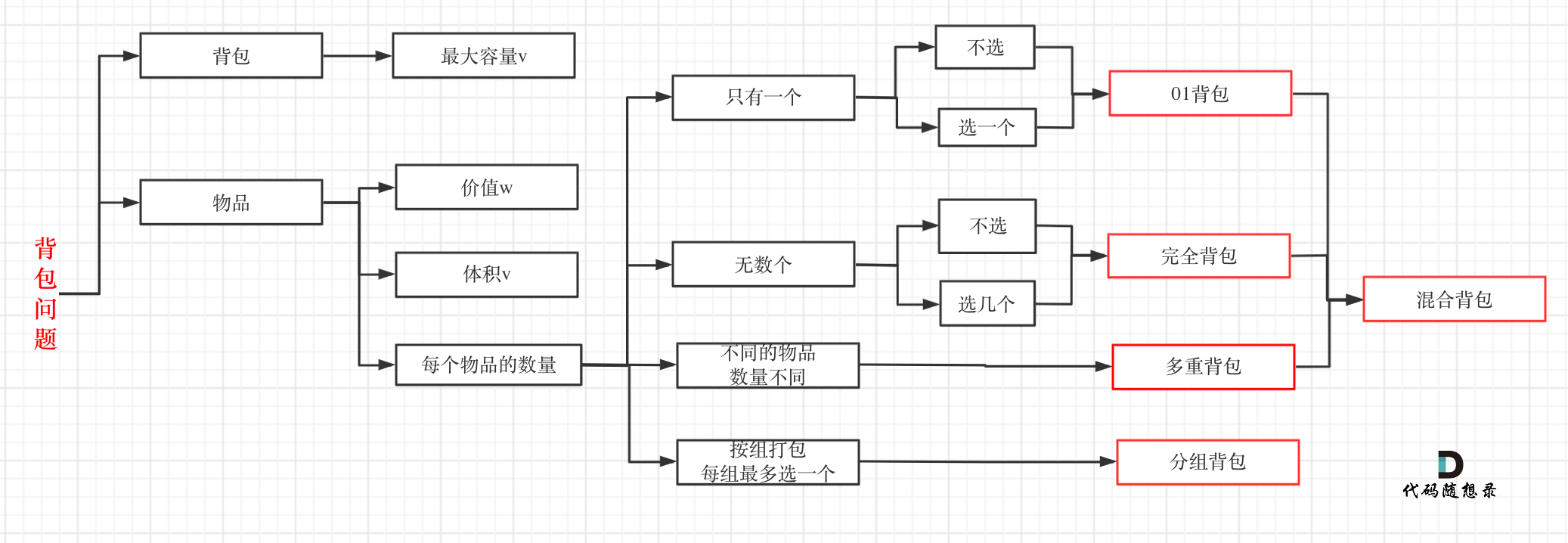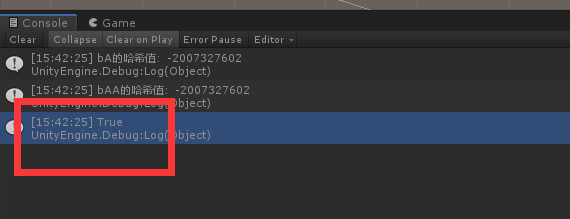| paper | https://www.arxiv.org/abs/2408.08872 |
|---|---|
| github | https://github.com/salesforce/LAVIS/tree/xgen-mm |
| Org. | Salesforce AI Research |
| 个人博客地址 | http://myhz0606.com/article/blip3 |
前置阅读:BLIP系列总结
核心思路
虽然过去BLIP系列对LMM发展起到至关重要的作用,但从效果上来说,已经远落后于当下的SOTA模型,主要有一下3点原因:
1)数据上,训练数据数量少、质量不高、多样性不强。
2)训练策略上,多个stage(ITM,ITC, ITG)训练流程冗长,up scale的训练开销大
3)模型架构上,BLIP系列仅支持单图输入,应用范围相对较窄
BLIP3针对以上3个方面进行改进:
1)数据上,构造了更大的、质量更高、多样性更强的数据集。
2)训练策略上,提出3 stage 的训练范式,并统一用next token prediction作为训练目标目标,提升训练效率和模型效果。
3)模型架构上,支持交错图文输入。

方法
模型架构
多模态两种主流架构:
cross-attention style;通过给LLM引入交叉注意力机制,融合不同模态的信息;代表方法:Flamingo,Llama 3.1decoder-only style;通过VL-connector,将visual token转为LLM可以“理解”的token,无需改动LLM的架构。代表方法:BLIP-2,LLAVA,Qwen-vl,Pali-x,Kosmos-2,phi3-vision等
BLIP3也是decoder-only style。区别于早先的BLIP2,BLIP3支持交错式的图文输入。
训练阶段:图片用visual tokenizer转为visual token,文本用text tokenizer转为text token,最后按序拼接起来送入LLM,用causal mask做并行,仅对文本token处计算自回归损失。
推理阶段:图片用visual tokenizer转为visual token,文本用text tokenizer转为text token,最后按序拼接起来送入LLM,按照next token prediction的范式做生成。
BLIP3架构只能解决多模态图文交错输入,单模态文本输出。

BLIP3的架构包含3部分
image transforme(image encoder)
这个部分不参与训练,所用模型为SigLIP (ViT-SO400M-14-SigLIP-384),用于提取图片embedding。
VL-Connector
BLIP3中没有沿用BLIP2的QFormer,而是用了Flamingo的Perceiver Resampler。二者核心思路其实都差不多——以learnable queries的方式,将image encoder提取的image embedding转为固定长度的image token。
Perceiver Reampler的核心计算逻辑如图所示:
代码位置:https://github.com/salesforce/LAVIS/blob/xgen-mm/open_flamingo/src/helpers.py#L105

LLM
BLIP3中,LLM也参与训练。所用的LLM为phi3-mini
Any-Resolution Vision Token Sampling
为了强化模型对细粒度信息的捕获能力。BLIP3也引入了Llava next中的Any-Resolution Vision Token Sampling 策略,具体过程如下:
step1: 找到最优分辨率
预设了一些模版,通过下面的目标找到输入图片最适合的分辨率
O b j e c t i o n : A r g min t ( w a s t e d _ r e s o l u t i o n ) , t = 1 , 2 , ⋯ N \begin{aligned} &\mathrm{Objection:} \mathrm{Arg} \min_{t} (\mathrm{wasted\_resolution}), t=1,2, \cdots N \\ \end{aligned} Objection:Argtmin(wasted_resolution),t=1,2,⋯N
其中t为模版的索引,一共有 N N N个预设模版
r t = min ( w t w o r i , h t h o r i ) w a s t e d _ r e s o l u t i o n = w t ∗ h t − min ( w o r i ∗ h o r i , I N T ( w o r i ∗ r t ) ∗ I N T ( h o r i ∗ r t ) ) \begin{aligned} &r_{t} = \min( \frac{w_t} {w_{\rm ori}}, \frac{h_t} {h_{\rm ori}}) \\ &\mathrm{wasted\_resolution} = w_t * h_t - \min (w_{\rm ori} * h_{\rm ori}, \mathrm{INT}(w_{\rm ori} * r_{t}) * \mathrm{INT} (h_{\rm ori} * r_{t}) ) \\\end{aligned} rt=min(woriwt,horiht)wasted_resolution=wt∗ht−min(wori∗hori,INT(wori∗rt)∗INT(hori∗rt))
possible_resolutions = [[384, 768], [768, 384], [768, 768], [1152, 384], [384, 1152]]
def select_best_resolution(original_size, possible_resolutions):
"""
Args:
original_size (tuple): The original size of the image in the format (width, height).
possible_resolutions (list): A list of possible resolutions in the format [(width1, height1), (width2, height2), ...].
Returns:
tuple: The best fit resolution in the format (width, height).
"""
original_width, original_height = original_size
best_fit = None
max_effective_resolution = 0
min_wasted_resolution = float('inf')
for width, height in possible_resolutions:
scale = min(width / original_width, height / original_height)
downscaled_width, downscaled_height = int(original_width * scale), int(original_height * scale)
effective_resolution = min(downscaled_width * downscaled_height, original_width * original_height)
wasted_resolution = (width * height) - effective_resolution
if effective_resolution > max_effective_resolution or (effective_resolution == max_effective_resolution and wasted_resolution < min_wasted_resolution):
max_effective_resolution = effective_resolution
min_wasted_resolution = wasted_resolution
best_fit = (width, height)
return best_fi
step2: 切分patch
每个patch的size为vision transformer的输入size,blip3所用的ViT-SO400M-14-SigLIP-384 的输入size为(384x384)。假设输入图片所映射的模板size为(768x768),将图片resize到(768x768)后进行切分,得到5个patch,4个切分patch加上一个包含全局信息的patch,如下图所示。

step3: 计算每个patch的image embedding。
一个384x384的图片经过ViT-SO400M-14-SigLIP-384后得到576个token
(
384
/
16
)
2
(384/16)^2
(384/16)2。

step4: 分别提取每个patch的vision token再拼接
从下图可见,不同模版分辨率的image token是不同的。通常来说,token数越多,包含的细粒度信息就越多。对于下游感知密集型的推理任务会有更大优势(如DocQA)。

训练recipe
| training-stage | 训练模块 | 训练目标 | dataset | dataset size | 训练时长 | 是否采用any-resolution Vision Token Sampling 的策略 |
|---|---|---|---|---|---|---|
| stage1: pre-training | VL connector, LLM | next token prediction | 交错图文数据,caption类数据 | - | 100 billion multi-modal token | 否 |
| stage2-part1. 常规instruct-following SFT | VL connector, LLM | next token prediction | 开源数据:1)多模态会话 | |||
| 2) image caption;3)VQA;4) document QA;5)science and math understand等 | 1M | 1 epoch | 是 | |||
| stage2-part2. multi-image instruction tuning | VL connector, LLM | next token prediction | MANTIS,Mmdu,及stage 2.1中的交错图文数据 | - | - | 是 |
| post-training—Improving Truthfulness by Direct Preference Optimization | LLM-backbone Lora 2.5%参数。 | DPO | VLFeedback | 62.6k | 1 epoch | 是 |
| post-training—Improving Harmlessness by Safety Fine-tuning | LLM-backbone Lora 2.5%参数 | next token prediction | VLGuard-2k,5k additional examples from the instruction fine-tuning dataset | 2k | 3 epoch | 是 |
从模型架构来看,BLIP3需要训练模块有两个:1)VL-connector (perceiver sampler);2) LLM
BLIP3的训练分为了3个stage
- pre-training
- SFT
- post-training
stage1: pre-training

数据集格式如:

stage1训练了约100 billion 多模态token。此外,stage1没有用Any-Resolution Vision Token Sampling的策略。
简单介绍BLIP3自建的3个数据集
(一) BLIP3-KALE
论文暂时未给出细节。
论文原话:Details will be discussed in another paper, and the dataset will be made public very soon
(二) BLIP3-OCR-200M
作者从Datacomp-1B中搜集了200M张高分辨率图片。用paddleOCR提取里面的文字信息。虽然BLIP3中并没有用到文本的bounding box,作者说可以尝试,会提升OCR QA类任务的效果。

(三) BLIP3-GROUNDING-50M
作者从Datacomp-1B中搜集50M图片(图文信息都要)。用开源的open-set目标检测模型Grounding-DINO和Recognize Anything进行识别。将caption中的对应的object替换为包含位置信息的object。

stage2: SFT
part1. 常规instruct-following SFT
作者搜集了一批开源数据集,从里面挑选了1M数据用Any-Resolution Vision Token Sampling的策略微调模型1个epoch。开源数据涉及的领域包括:
- 多模态会话
- image caption
- VQA
- document QA
- science and math understand等
part2. multi-image instruction tuning
为了提升模型对多图交错图文场景的理解能力,作者用多图交错图文数据集MANTIS,Mmdu结合2.1的单图交错图片数据对模型进行进一步微调。
stage3: post-training
stage3主要是为了提升模型的helpfulness,harmlessness
part1. 通过DPO提升模型的Truthfulness
训练数据:该阶段利用了开源的VLFeedback数据集的指令,VLFeedback是一个用GPT4-v构造多模态偏好数据集,总计80K。构造方式:给定指令,让多个VLM模型做生成,随后GPT4-v从helpfulness, visual faithfulness, and ethics对生成的结果进行打分。分值高的输出作为preferred responses,分值低的输出作为dispreferred responses。BLIP3进一步过滤掉首选响应得分较低的sample,最终得到62.6K数据。
训练方式:BLIP3采用DPO作为训练目标,用LORA微调LLM 2.5%参数,总计训练1个epoch。
part2. 通过Safty-SFT提升模型的Harmlessness
训练数据:用VLGuard数据集+随机5K SFT数据集对BLIP3再次进行微调,在保留helpfulness的同时提升harmlessness。
训练方式:LORA微调LLM 2.5%参数
结果
Pre-Training模型的few-shot能力

SFT 模型评估
单图benchmark评估

多图benchmark评估


Post-training 模型评估

一些关键的消融实验
Pre-Training阶段消融实验
scaling pre-training data
caption类任务在训练token数达到60B后精度增长放缓;相对复杂的text VQA类任务精度还有较大提升。

visual backbone & number of visual token
SigLip模型作为backbone有较大的优势,尤其在OCR任务上。

作者方向将visual token从128降到64后,精度并没有明显下降。

SFT训练阶段消融实验
Any-Resolution Vision Token Sampling
base resolution pipeline

anyres-fixed-sampling pipeline

anyres-patch-sampling pipeline

从消融实验看,Any-Resolution Vision Token Sampling 对强感知类任务增益很大。

小结
BLIP3从dataset curation, training recipe, model architectures对BLIP2进行了一系列改进,使BLIP系列达到目前开源SOTA水平。



















